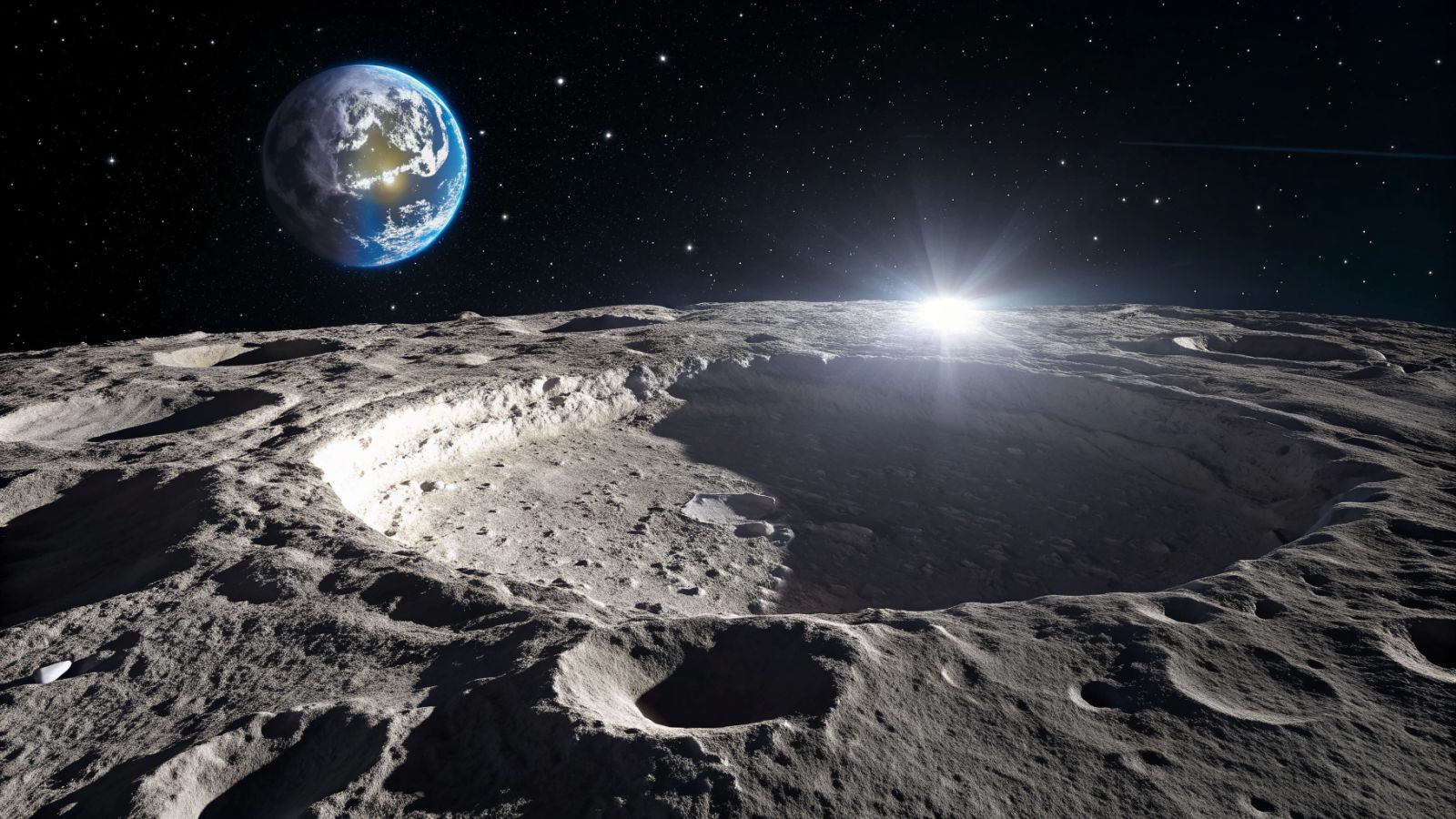Follow us on Google News (click on ☆)
The systematic observation of the Moon allows for the documentation of transient phenomena that usually escape our attention. Daichi Fujii, curator at the Hiratsuka City Museum, recorded two distinct impacts on October 30 and November 1. These detections are part of a permanent observation program that has already documented approximately 60 similar events since 2011.

The mechanism of lunar impacts
The Moon, lacking an atmosphere, has no natural protection against cosmic projectiles. Meteoroids reach its surface at staggering speeds between 20 and 72 kilometers per second (12 and 45 miles per second). This absence of atmospheric braking transforms each impact into a brutal release of kinetic energy, producing an intense though very brief flash of light, generally lasting less than a second.
A meteoroid weighing only 200 grams (7 ounces), striking at 27 kilometers per second (17 miles per second), can excavate a crater three meters (10 feet) in diameter. The brightness generated during the first impact observed by Fujii was so intense that it saturated the sensor's pixels, showing phenomenal power for such a small object.
The precise location of these events helps enrich the mapping of recent lunar formations. The first flash appeared east of the Gassendi crater, while the second occurred west of Oceanus Procellarum. This data helps planetary scientists understand the spatial distribution of impacts and estimate current rates of meteoritic bombardment on the Moon.
Scientific significance and implications
The timing of these observations coincides with the peak activity period of the Taurids, a meteor shower known for its large-sized particles. Although unconfirmed, this possible affiliation would allow tracing the origin of the impactors back to Comet Encke. Characterizing these streams of interplanetary matter improves our understanding of solar system dynamics.
Lunar impact statistics provide valuable indicators for assessing potential risks to human infrastructure. Future lunar bases will need to incorporate this data into their design to limit risks associated with falling cosmic material. The observed frequency of approximately one detection per several dozen hours of observation provides important indications for crewed missions.
The methodology used by Fujii illustrates the growing accessibility of astronomical research. A 20-centimeter (8-inch) diameter telescope, coupled with an automatic detection system, enables effective monitoring of transient phenomena. This approach demonstrates that contributing to science doesn't necessarily require exceptional instruments but rather methodical perseverance.